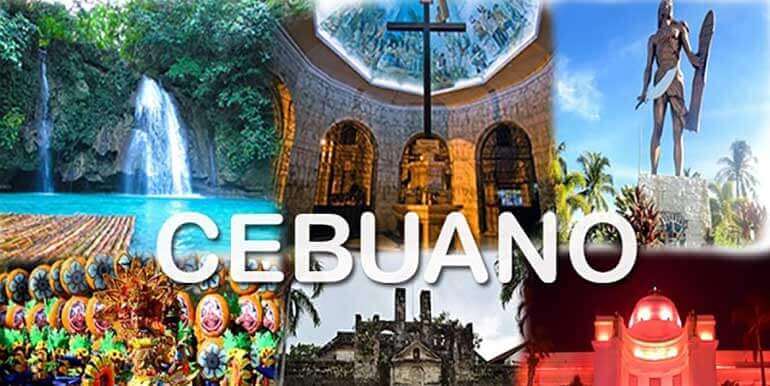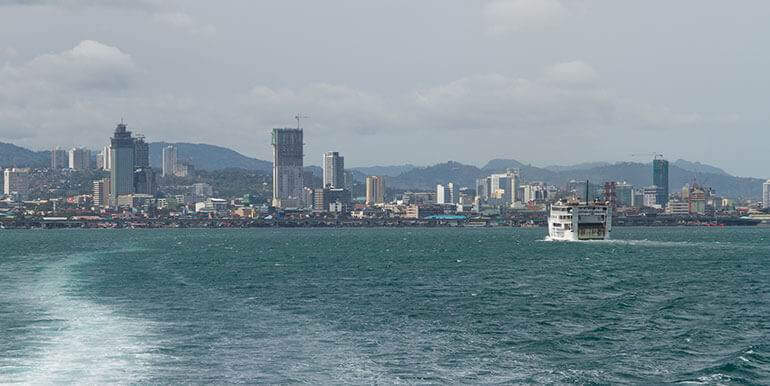
When you’re a visitor in Cebu, the last thing you want is to feel out of place and just totally lost. Of course you still don’t want to look as if you’re a pro and act like you “know-it-all,” but it really helps to learn more to experience Cebu like a true local.
With the Sinulog Festival happening soon, you can try to learn as much as you can about Cebu. You can also plan your itinerary properly and search for recommendations on where you can stay. As soon as you arrive, you need to have an optimistic attitude and trust that you are surrounded by friendly Cebuanos who will definitely make you feel at home. Whether you’re someone who likes to plan everything or someone who wants to do random things, do not be afraid in trying out new stuff but also keep in mind that you should never neglect safety. If possible, it is always best to have a tour guide or someone who speaks the dialect to be by your side.
Experiencing Cebu like a true local may not be very easy for some who do not want to try new and different things. But for those who are free-spirited and open-minded, these characteristics will allow you to go a long way. We’ve listed down a few things that will help you experience the best of Cebu and feel like a true local.
1. Take a Tour of the Different Local Markets
Although Cebu is already a highly urbanized province and buying inside shopping malls is very easy, going to local markets should allow you to experience Cebu like a true local. However, you still have to be extra careful with your belongings and it would help if you don’t go alone when you’re unsure, especially if you do not understand their dialect. There are different types of marketplaces in Cebu and among the most popular ones are the following:
- Taboan Dried Fish Market: Center of the dried fish industry in Cebu where you can find the popular dried danggit.
- Carbon Market: Where you can find the cheapest ready-to-wear clothes, accessories, and shoes, among others.
- Freedom Park Market: Where you can find native baskets, custom-made furniture, and flowers.
- Carcar Shoe Market: Where you can find sturdy and durable footwear. Some are even exported to other countries.
- Pasil Wet Market: The fish supply drop-off point and the perfect place to enjoy larang, a kind of fish soup.
- Liloan Weekend Market: A haven for seafood lovers where you can find the freshest oysters, sea urchins, and seaweeds, among others.
2. Challenge Your Appetite by Trying Different Cebuano Delicacies
Cebu is definitely a food paradise, a place of gastronomic delights. The province is most popular for its Cebu lechon, lechon belly, sutukil, danggit, humba, and chorizo de Cebu. If you have more guts and willing to try some exotic Cebuano street food, then don’t miss the chance to do it! Some of the most popular dishes are the following:
- Lansiao: A soup made from boiled bull testicles and commonly found in carinderias. It is quite popular because of its gummy texture and nutty flavor.
- Tuslob buwa: Commonly found in stalls along the streets of downtown Cebu, this dish is made from pork brain, liver, and spices. It is prepared in a deep frying pan to boil and customers will use it as a dip using puso or hanging rice.
- Saang or Spider shells: These are conch shells that are either boiled in water or grilled, then dipped in a vinegar mixture of chopped onions, garlic, and hot chili peppers. The meat can be easily picked, although you may opt to eat it using a hammer or a pin. Some street vendors also skewer the chunks of meat in barbeque sticks.
- Ginabot: This dish is made from deep-fried pork innards seasoned with salt and spices and dipped in spicy vinegar.
Cebu is also popular for its sweet local delights such as otap, dried mangoes, and peanut browas, all of which you can also bring home as pasalubong. Mandaue City in particular is famous for its native kakanin like bibingka, tagaktak, shakoy, salvaro, and masareal.
3. Participate in Different Cebu Festivities and Native Dances
Participating in different festivities and learning a few native dance moves can be a fun experience especially when you have dancing prowess. It would be so memorable when you are an active participant, instead of just being on the sidelines as a spectator. The two most popular festivities in Cebu are the Sinulog Festival and Marawi Festival—both are unique and filled with artistry, not just in the way dances are performed, but also in the elaborate street parades and costumes worn by the participants and dancers.
Sinulog Festival is held every third week of January in honor of Sto. Niño and lasts for nine days. The ninth day is the grandest and starts off early morning. The Sto. Niño de Cebu is included in the parade and adorned with candles, flowers, and other relics. The festival features colorful displays of pageantry and parade with street dancing. The participants are clothed in brightly colored costumes as they dance to the rhythm of drums and native gongs. A contest is held at the Cebu City Sports Complex and consists of different categories such as Free Interpretation, Street Dancing, and Sinulog-based categories. Tourists and visitors are encouraged to join as well.
Meanwhile, Marawi Festival is held in Mandaue City during the month of May to celebrate the past and commemorate the time when Magellan first landed in Cebu. Aside from street parades and dances, plays and dramas are also held during the festival. The theme of these plays is all about the rich history of Cebu and its objective is to educate people and make them understand the importance of how Cebu came to be. During the festival, figures from Cebu’s myths and legends are on display in floats that parade around the city. These works of art are done by Cebuanos for months on end prior to the Marawi Festival. And by the end of it, the grandest fireworks display illuminates the night sky—a perfect ending for a happy and joyous celebration.




